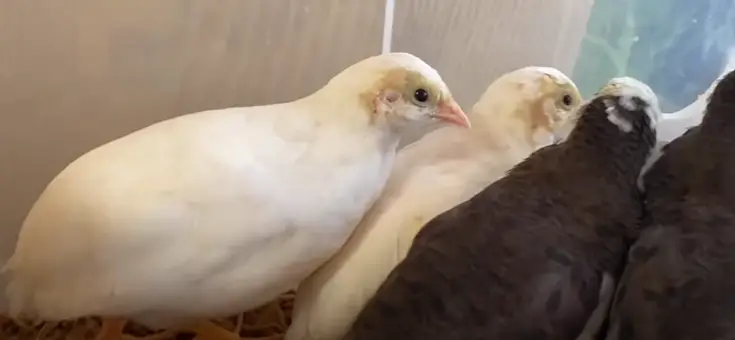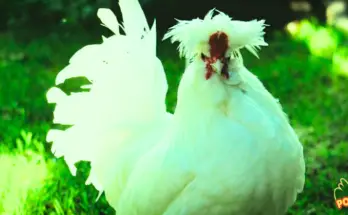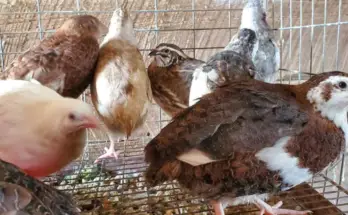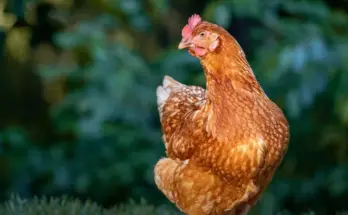A Glimpse into Its Origins, Characteristics, and Cultural Impact:
Introduction:
In the sizable tapestry of chicken breeds, every one holds a unique story, boasting unique traits and a wealthy history. Among those, the Rutin chook breed sticks out as a charming and lesser-recognized gem. In this comprehensive exploration, we can delve into the origins, characteristics, and cultural impact of the Rutin chicken, losing mild on its significance inside the world of rooster farming.
Origins of the Rutin Chicken:
The Rutin chicken breed, additionally referred to as Gallus rutinensis, has its roots deeply embedded within the rural landscapes of Southeast Asia, specifically in the Rutin vicinity of Indonesia. While the breed’s precise starting place is tough to pinpoint, its improvement may be traced lower back to the traditional practices of nearby farmers who selectively bred chickens to fulfill the needs of their environment.
The Rutin fowl’s journey commenced in the lush and tropical surroundings of Rutin, where farmers sought to create a breed that would thrive inside the location’s precise weather and terrain. Through generations of cautious choice and breeding, the Rutin hen emerged as a distinct and resilient fowl breed, flawlessly adapted to its local habitat.
Characteristics of the Rutin Chicken:
Physical Appearance:
The Rutin chicken is characterized by using its medium size and nicely-proportioned frame. Its plumage is available in a number of earthy tones, providing powerful camouflage inside the dense plant life of its natural habitat. The breed reveals a wonderful comb and wattles, contributing to its overall precise look.
Adaptability:
One of the defining features of the Rutin chicken is its incredible adaptability to various environmental conditions. These chickens are recognized for their hardiness and capability to thrive inside the tropical climate of Southeast Asia. Their resilience makes them a precious asset to nearby farmers dealing with the challenges of unpredictable climate patterns.
Egg Production:
Rutin chickens are recognized for their commendable egg-laying competencies. Hens from this breed continuously produce medium to huge-sized eggs with a wealthy yolk. The breed’s reproductive performance has contributed to its reputation amongst local farmers looking for dependable egg manufacturing.
Foraging Instinct:
With a strong foraging intuition, Rutin chickens are adept at locating their own food inside the wild. This characteristic now not best reduces the cost of feeding but also aligns with sustainable farming practices. Farmers respect the breed’s capacity to make contributions to the maintenance of nearby ecosystems by foraging for insects and plant rely.
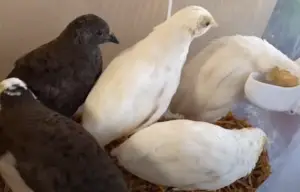
Cultural Significance:
Role in Traditional Agriculture:
The Rutin bird has performed a pivotal role inside the traditional agricultural practices of the Rutin vicinity. Local farmers have trusted this breed for its hardiness and adaptability, using it as a cornerstone in their fowl farming endeavors. The Rutin chicken’s potential to thrive within the local environment has contributed to the sustainability of small-scale agriculture inside the vicinity.
Culinary Traditions:
Beyond its utilitarian position in agriculture, the Rutin fowl has found its manner into the culinary traditions of the vicinity. Local dishes regularly characteristic the flavorful meat of this breed, celebrated for its precise taste and texture. As a result, the Rutin hen has come to be a cultural symbol, reflecting the culinary identification of the communities it serves.
Conservation Efforts:
In latest years, efforts to keep and sell indigenous fowl breeds have won momentum. Recognizing the Rutin chook’s cultural and genetic importance, conservation packages had been initiated to safeguard the breed from the danger of extinction. These applications aim to educate farmers about the price of retaining local breeds and provide assist to preserve diverse poultry populations.
Challenges and Future Prospects:
While the Rutin hen has continued as a resilient and adaptive breed, it faces demanding situations within the modern-day era. The encroachment of industrialized hen farming and the globalization of agricultural practices pose threats to the ongoing lifestyles of indigenous breeds like Rutin. As farmers increasingly more turn to excessive-yielding, commercial breeds, the Rutin hen’s unique genetic trends are vulnerable to being lost.
However, there may be desire on the horizon. Awareness about the importance of maintaining genetic variety in poultry breeds is developing, main to extended hobby and support for conservation tasks. Farmers, policymakers, and advocates are operating collaboratively to expand sustainable techniques that stability the demands of modern-day agriculture with the want to protect and nurture conventional breeds just like the Rutin chook.
Conclusion:
In the complex tapestry of fowl breeds, the Rutin fowl stands as a testomony to the ingenuity and resourcefulness of conventional farming communities. Its adventure from the rural landscapes of Southeast Asia to the tables of neighborhood families exemplifies the intricate relationship among people and their feathered partners.
As we navigate the complexities of contemporary agriculture, it’s far critical to apprehend the fee of indigenous rooster breeds like Rutin. Beyond their sensible contributions to egg and meat manufacturing, these breeds deliver with them a cultural legacy and genetic variety that improve the fabric of our agricultural background. Preserving and celebrating breeds like the Rutin chook isn’t always most effective a nod to our beyond however a commitment to a sustainable and resilient destiny in fowl farming.

